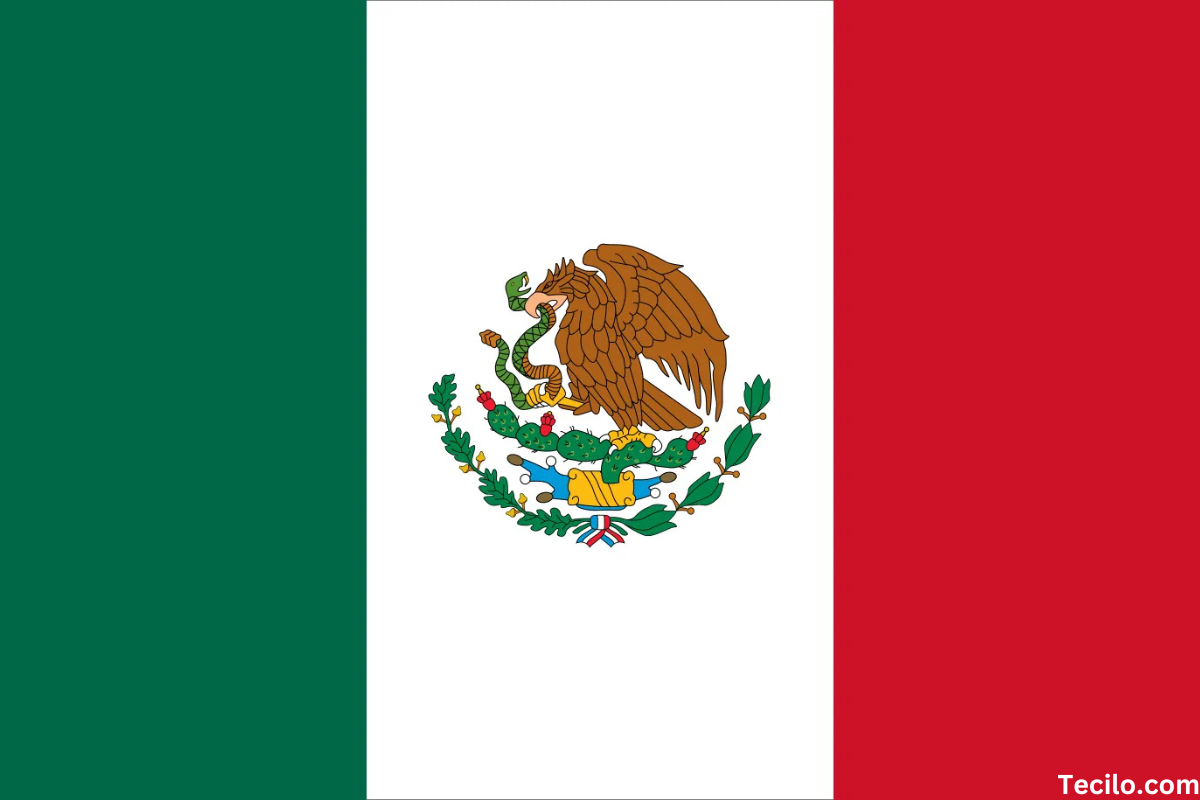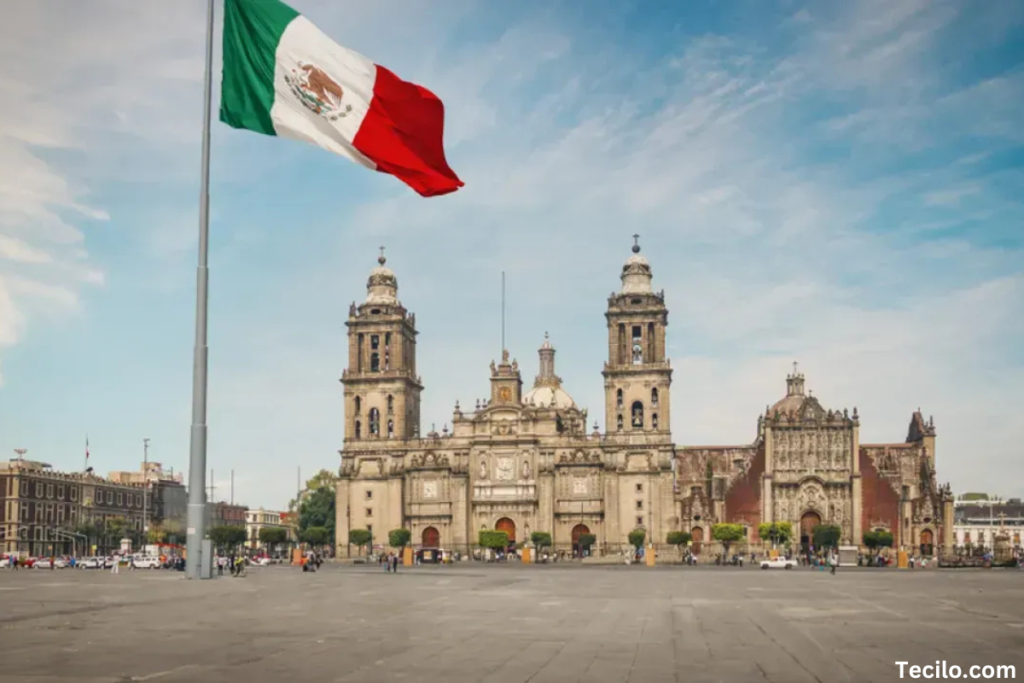
The Mexico flag is more than just a piece of fabric—it’s a living symbol of the country’s rich history, culture, and identity. It represents the struggles, triumphs, and deep pride that the Mexican people have for their homeland. The flag’s colors and emblem are instantly recognizable and hold profound meaning for those who fly it. But what makes the Mexico flag so significant, and how has it evolved over time? Let’s dive into the fascinating story behind this national symbol.
The Importance of National Flags
Flags are powerful symbols for every country. They serve as visual representations of a country’s heritage, identity, and values. They inspire pride, solidarity, and patriotism in the populace. For Mexico, the national flag is a revered symbol that reflects its fight for independence and its unique culture.
Overview of the Mexico Flag
Each element of the flag has a deep connection to Mexico’s history and ideals.
The Three Vertical Stripes
The Mexico flag’s red, white, and green stripes are oriented vertically from left to right.
These colors have been associated with the country since its fight for independence in the early 19th century.
The Meaning Behind the Colors
Each color on the Mexico flag holds symbolic meaning:
- Green stands for the struggle for self-reliance and optimism.
- White represents purity and unity.
- The blood of those who fought for Mexico’s independence is symbolized by the color Red.
Historical Evolution of the Mexico Flag
Since its creation, the Mexican flag has changed a number of times.
Each version reflects the political and cultural shifts that have taken place throughout the country’s history.
Pre-Colonial and Colonial Influences
Before Mexico became an independent nation, indigenous cultures like the Aztecs and Mayans had their own symbols and banners. During the Spanish colonization, the flags of Spain dominated the region.
The Flag of the First Mexican Empire
Following the successful fight for independence from Spain, Mexico adopted its first official flag in 1821 under the rule of Emperor Agustín de Iturbide. It was the foundation for the current design, featuring the iconic green, white, and red stripes.
The Republican Flag
In 1823, the Mexican government transitioned from an empire to a republic. The coat of arms, featuring the eagle and serpent, was added to the flag to represent the new government’s ideals.
The Coat of Arms: Central Element of the Mexico Flag
The central coat of arms on the Mexico flag is rich with symbolism, deeply rooted in Mexican culture and mythology.
The Eagle and the Serpent Symbolism
This imagery comes from an ancient Aztec legend.
Aztec Legend and Its Role in Mexican Culture
The story goes that the gods instructed the Aztecs to construct their city after they spotted an eagle consuming a snake on a cactus. This vision led them to the founding of Tenochtitlan, the site of present-day Mexico City. The symbol represents the Mexican people’s unwavering fortitude and tenacity.
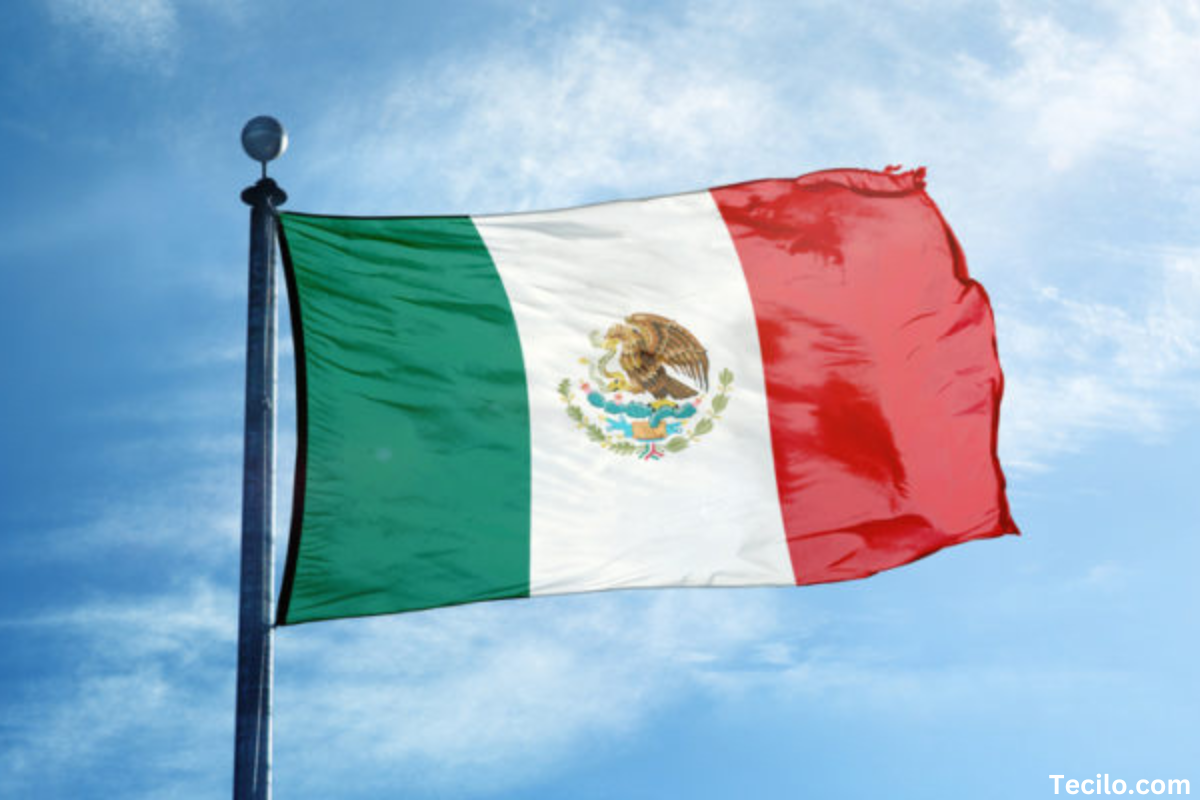
Changes in the Mexico Flag Over Time
The flag has undergone several modifications, reflecting changes in Mexico’s political landscape.
1821 – The First National Flag
The original design of the Mexico flag featured the same three colors but with a more elaborate coat of arms. It was Mexico’s first flag after gaining its independence.
1916 – A Modern Redesign
In 1916, President Venustiano Carranza ordered a redesign of the coat of arms to make it simpler and more aligned with modern Mexico. Today, we see this version.
The Symbolism of the Mexican Flag Colors
Each of the three colors on the flag carries significant meaning:
Green – Hope and Independence
Green represents the independence movement that led to Mexico’s freedom as well as the optimism for a prosperous future.
White – Purity and Religion
White represents the purity of the Mexican people and their unity under the Roman Catholic religion, which played a crucial role in the country’s early history.
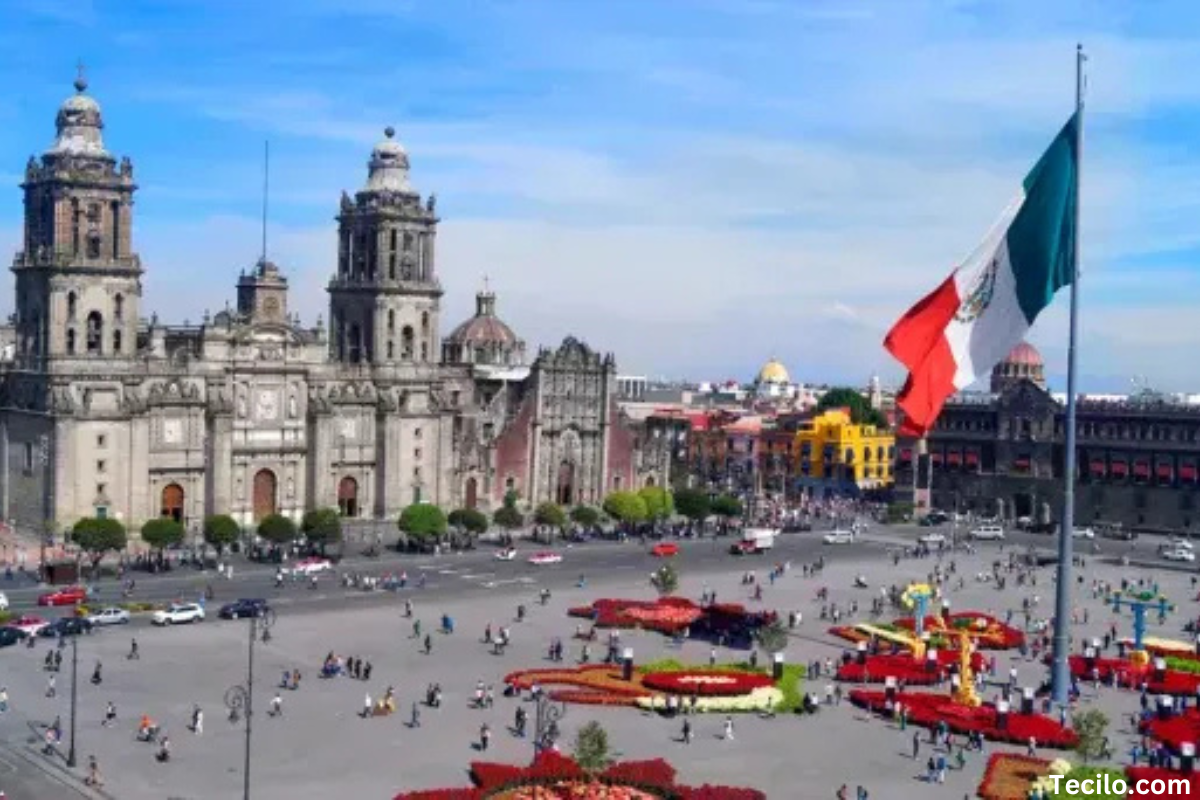
Red – The Blood of National Heroes
Red honors the blood shed by the heroes who fought for Mexico’s independence, symbolizing the sacrifices made for the country’s sovereignty.
Mexican Flag Day
Mexico honors its flag on February 24th, a national celebration that reflects the deep respect Mexicans have for their national symbol.
History and Celebration
In 1937, Lázaro Cárdenas, who was president at the time, established the first “Día de la Bandera,” or Mexican Flag Day. On this day, Mexicans come together to honor their flag with parades, ceremonies, and cultural events.
How Mexicans Honor Their Flag
In schools, military bases, and public squares, Mexicans salute their flag and sing the national anthem.
The Mexico Flag in Popular Culture
The Mexico flag appears prominently in various aspects of Mexican life, from art to sports.
Representation in Art and Media
The flag is frequently used by Mexican artists in their creations as a sign of patriotism. It also appears in films, television, and music videos, emphasizing its cultural significance.
The Flag’s Role in Sports and Events
At international sporting events like the Olympics and World Cup, the Mexico flag is proudly displayed by athletes and fans alike, symbolizing unity and patriotism.
The Protocol of the Mexico Flag
Like many national symbols, the Mexico flag has a strict protocol for its display and handling.
How the Flag is Displayed
The flag must always be raised with respect and handled with care. There are specific guidelines for folding, displaying, and storing the flag to ensure its dignity.
Guidelines for Respecting the Flag
Mexican law dictates that the flag must never touch the ground or be used in a disrespectful manner. Citizens are encouraged to treat it with the highest level of reverence.
Mexico’s Flag Compared to Other National Flags
While the Mexico flag shares some similarities with other Latin American flags, it also has unique features that set it apart.
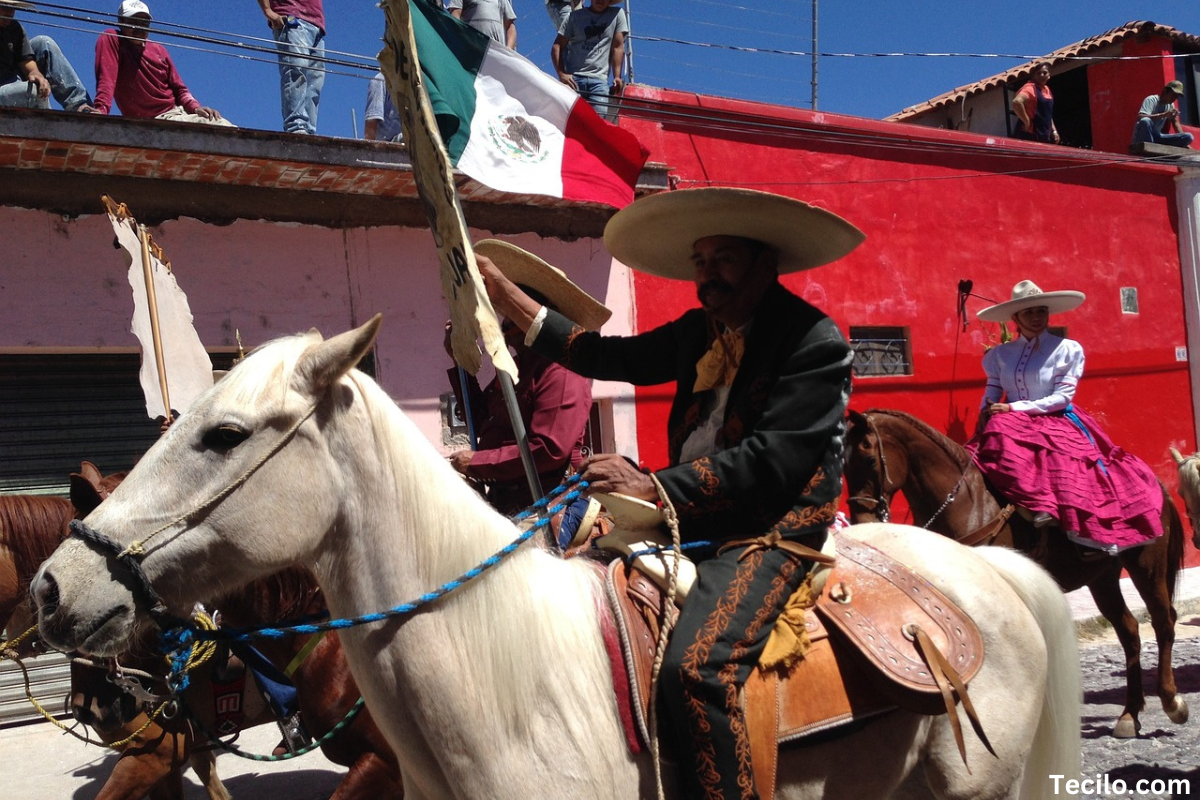
Similarities with Other Latin American Flags
Many Latin American flags share common elements, reflecting historical and cultural ties. A frequent use of bright colors like red, blue, and yellow symbolizes independence and revolution. Stars, suns, and other symbols often represent unity and freedom. Additionally, the use of horizontal or vertical stripes is common, showcasing a blend of indigenous, European, and African influences across the region.
